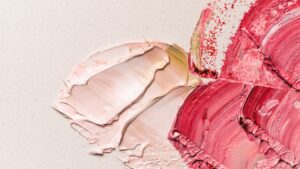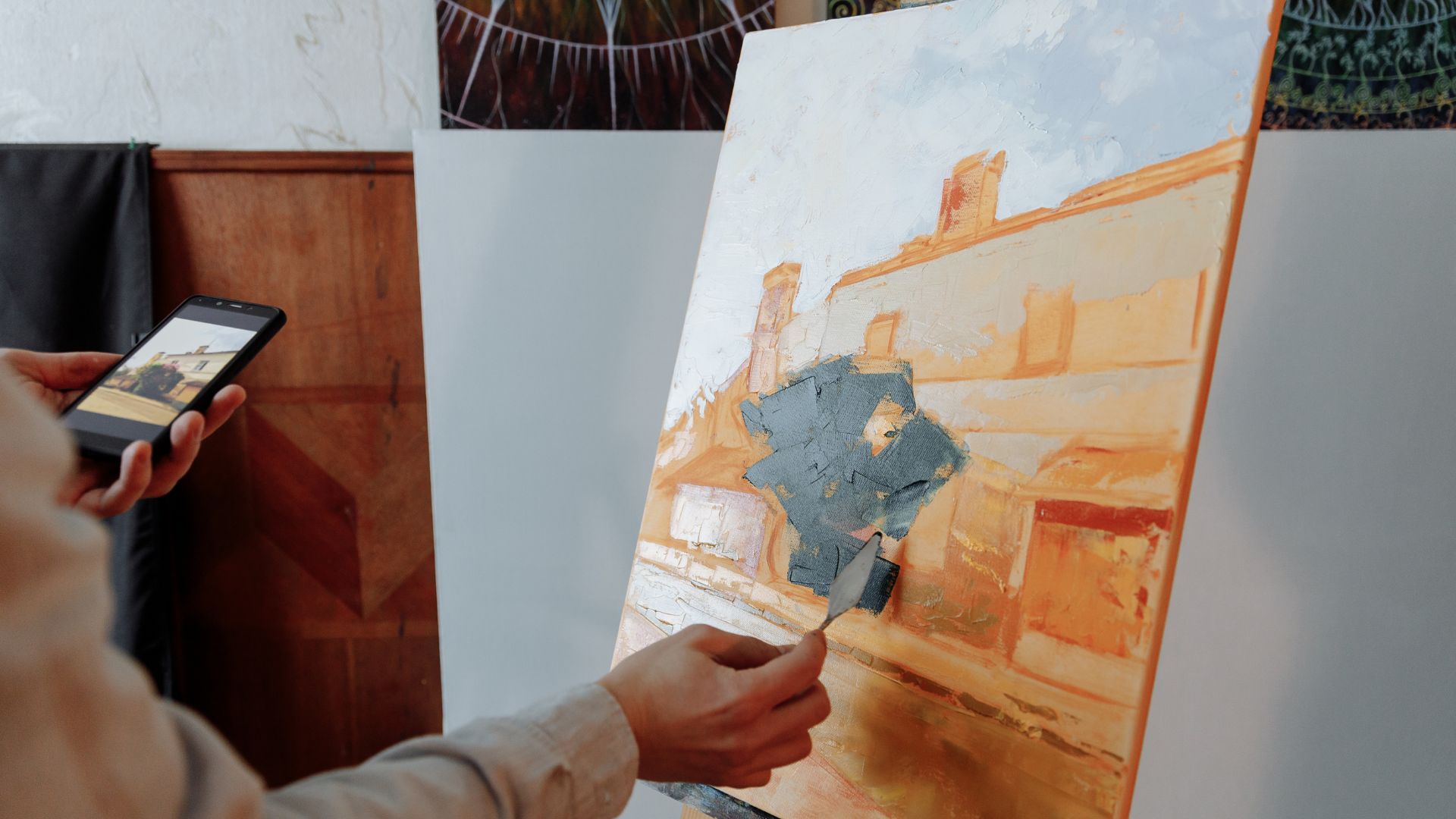When it comes to transforming a canvas into a masterpiece, choosing the right paint is key. But should you test wall paint on a small section of canvas before diving into a larger project? Let’s explore this important question to ensure your artistic endeavor starts off on the right foot.
Understanding Wall Paint for Canvas
Wall paint isn’t solely confined to sprucing up living spaces. Its versatility often sparks curiosity among artists wondering if it’s suitable for their creative ventures. Canvas, typically associated with traditional art mediums, may seem an unlikely match for wall paint. However, experimenting with unconventional materials can yield surprising and captivating results.
The Importance of Testing
Before embarking on a large-scale canvas project using wall paint, consider the following reasons why testing on a smaller section is a wise choice:
1. Color Accuracy and Consistency
Wall paint often appears differently on various surfaces due to their textures and compositions. A preliminary test allows you to assess how the paint interacts with the canvas, revealing any discrepancies in color or consistency.
2. Adhesion and Durability
Canvas materials possess unique qualities that can impact how well wall paint adheres and holds up over time. Testing a small area helps determine the paint’s durability and its ability to withstand different conditions.
3. Technique and Application
Every artist has a unique approach to applying paint. Testing allows you to experiment with techniques and application methods, ensuring you find the most suitable approach for your artistic vision.

How to Test Wall Paint on Canvas
Here’s a simple step-by-step guide to effectively test wall paint on a small canvas section:
Step 1: Prepare the Canvas
Ensure the canvas is clean and primed. Apply a base coat if necessary to create an even surface for testing.
Step 2: Apply the Paint
Use a small brush or roller to apply the wall paint to a designated section of the canvas. Aim for a consistent and even application.
Step 3: Observe and Assess
Allow the paint to dry completely. Observe the color, texture, and adherence of the paint. Take note of any observations or changes.
Step 4: Evaluate the Results
Examine the tested area under different lighting conditions. Assess how the paint reacts to varying environmental factors.
So,…
Testing wall paint on a small section of canvas before initiating a larger project is a prudent step that can save time, prevent potential issues, and enhance the overall outcome of your artwork. It allows you to understand how the paint behaves on canvas and empowers you to make informed decisions before committing to a more extensive creative endeavor.
The testing phase isn’t just about technicalities; it’s an opportunity to explore, experiment, and unlock the full potential of your artistic expression.
For further insights on canvas painting techniques or to explore various paint options, check out these helpful resources:
- Canvas Painting Techniques – Artists Network
- Choosing the Right Paint – Art is Fun
- Canvas Preparation Tips – Jackson’s Art Blog
Your artistic journey is as unique as your brushstrokes. Take the time to experiment, explore, and enjoy the creative process. Here’s more about wall paint and canvas, exploring additional aspects to consider before starting your project.
Choosing the Right Wall Paint
1. Paint Composition
Understanding the composition of wall paint is crucial. Most wall paints are acrylic-based, offering durability and versatility. However, variations in sheen, thickness, and drying time can affect their suitability for canvas.
2. Consider Primer
Some wall paints contain primers, which might impact their adhesion on canvas. Testing helps determine if a separate primer is needed for your project.
3. Texture and Finish
Wall paints come in various finishes, like matte, eggshell, satin, or gloss. These finishes can significantly influence the appearance of your artwork. Testing allows you to assess which finish complements your artistic vision best.
Additional Tips for Testing Wall Paint on Canvas
1. Multiple Tests for Variations
If using different colors or brands, conduct multiple tests. This provides a comprehensive understanding of how each paint type interacts with the canvas.
2. Time and Environment
Allow sufficient time for the test section to dry completely. Consider testing in different environmental conditions to evaluate the paint’s resilience.
3. Record Observations
Maintain a journal or document your observations during and after testing. Note the paint’s behavior, any changes in color or texture, and your overall impressions.
Final Considerations
Testing wall paint on a small canvas section serves as an invaluable preparatory step, fostering a deeper understanding of how your chosen paint interacts with canvas material. It’s not just about ensuring technical compatibility but also about exploring creative possibilities.
Remember, artistry thrives on experimentation and adaptation. Embrace the process of testing as a means to refine your techniques, discover new approaches, and infuse your artwork with creativity.
Whether you’re an aspiring artist or a seasoned painter exploring new avenues, the journey of creation begins with curiosity and exploration. Enjoy the journey as much as the destination.
Comparison tabular
| Aspect | Testing Wall Paint on Canvas | Direct Application on Canvas |
|---|---|---|
| Color Accuracy | Test helps assess color discrepancies on canvas surface | Immediate application might result in unexpected color variations |
| Adhesion and Durability | Assesses paint’s adherence and durability on canvas | Direct application may risk poor adhesion or longevity |
| Technique Exploration | Provides a platform to experiment with application techniques | Immediate application limits exploration opportunities |
| Understanding Composition | Insight into how paint interacts with canvas material | Immediate application without understanding may lead to unexpected results |
| Surface Preparation Needs | Helps identify if additional preparation like priming is required | May not gauge the necessity of surface preparation |
| Observation and Evaluation | Allows detailed observation and recording of results | Immediate application might make evaluation challenging |
This comparison highlights the advantages of testing wall paint on a small section of canvas before initiating a larger project. It emphasizes the importance of preparation, understanding material interaction, and the exploration of various techniques.
the goal of testing is not just to avoid pitfalls but also to harness the creative potential of the chosen materials. Approach your canvas with curiosity and experimentation to unlock the full spectrum of artistic expression.

For over a decade, I’ve been Mike, an artist, crafter, and designer deeply immersed in the Croc world. I thrive on crafting unique, size-inclusive patterns, fostering creativity, and sharing them on ktforum.com. My designs aim to ignite your creative spark and delight you, ensuring clarity and ease of use through rigorous testing. Join me in expressing your creative flair and showcasing your craft with joy.
Related Posts
- Should You Sand a Canvas Before Painting it with Wall Paint
When it comes to using wall paint on canvas, the question of sanding often arises.…
- Can You Paint Over Existing Wall Paint on Canvas
If you're an aspiring artist or someone enthusiastic about trying their hand at painting, you…
- Techniques for using wall paint on canvas
Painting on canvas with wall paint can yield fantastic results, but it requires a few…
- Ensuring Longevity: Wall Paint on Canvas
When it comes to painting, the canvas serves as an artist's playground, a surface that…

